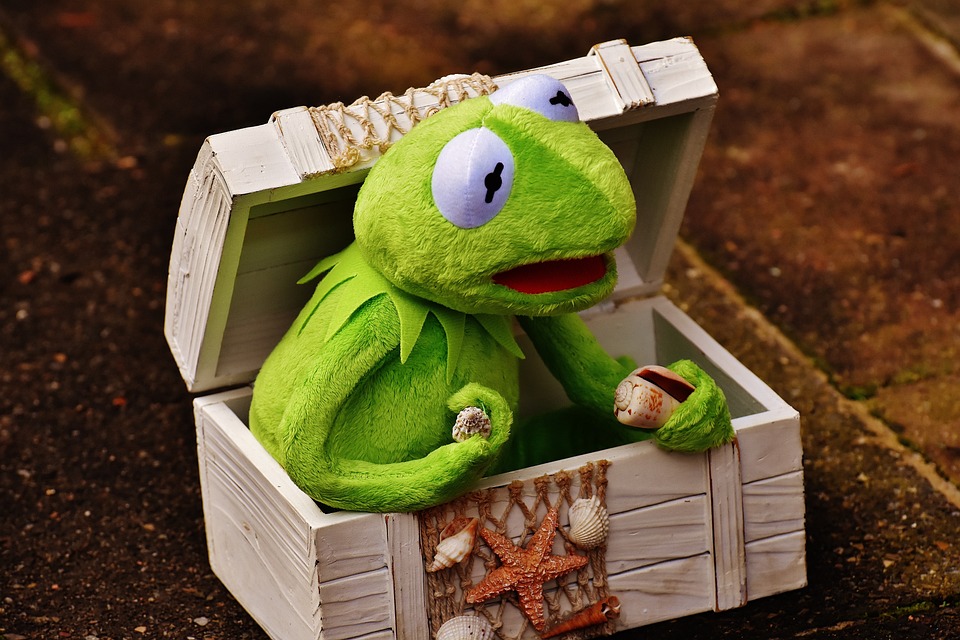Keeping fish as pets can be a rewarding and enjoyable experience. However, ensuring their proper care and nutrition is crucial for their overall health and well-being. Automatic fish feeders are excellent tools to help maintain a consistent feeding schedule, especially when you are away or unable to feed them manually. In this comprehensive guide, we will explore the importance of automatic feeders and provide valuable insights into setting up and optimizing their settings for your fish tank fish.
Benefits of Using an Automatic Feeder:
1. Consistency: Automatic feeders dispense food at regular intervals, allowing your fish to maintain a routine feeding schedule. This consistency helps them thrive and stay healthy.
2. Convenience: With an automatic feeder, you can go on vacation or have a busy schedule without worrying about feeding your fish. The feeder takes care of their feeding needs, ensuring they are well-nourished even when you are not around.
3. Portion control: Overfeeding is a common issue in fish tanks, leading to water pollution and health problems. Automatic feeders can dispense precise amounts, preventing overfeeding and promoting a healthier environment for your fish.
4. Reduced stress: When fish are accustomed to being fed at specific times, they experience less stress and anxiety. Automatic feeders create a predictable feeding routine, reducing stress levels in your fish.
Setting up Your Automatic Feeder:
1. Choose the right feeder: Consider the size of your fish and tank when selecting an automatic feeder. Ensure it can hold enough food for the desired feeding duration. Smaller fish may require smaller feeders, while larger fish may need larger ones.
2. Placement: Position the feeder over the water to prevent moisture from affecting the food. Ensure it is securely attached to the tank to avoid accidental falls that can disrupt the feeding schedule.
3. Calibration: Before adding food, adjust the dispenser’s settings to dispense the appropriate amount for your fish species. Start with a small quantity and increase gradually if necessary. This calibration helps prevent overfeeding or underfeeding.
4. Test run: Run a few test cycles to ensure the feeder dispenses the desired amount of food without any issues. Monitor the food dispersion and make adjustments if needed. This step helps fine-tune the feeder’s settings for optimal performance.
Optimizing Automatic Feeder Settings:
1. Feeding frequency: Different fish species have varying feeding requirements. Research the specific needs of your fish and program the feeder accordingly. Most fish do well with two to three feedings per day, but some may require more or less frequent feedings.
2. Portion size: Avoid overfeeding by setting the dispenser to dispense small portions. Adjust the portion size based on the fish’s size and dietary needs. Smaller fish may require smaller portions, while larger fish may need larger ones.
3. Dispensing times: Determine the best times to feed your fish, considering their activity patterns and your daily schedule. Aim for consistent feeding times to establish a routine that your fish can rely on.
4. Food type: Choose a high-quality fish food that meets the nutritional requirements of your fish. Some automatic feeders can accommodate different types of food, such as flakes, pellets, or freeze-dried options. Select the food type that best suits your fish’s dietary needs.
FAQs:
1. Can I use an automatic feeder for all types of fish?
– Automatic feeders can be used for most types of fish, but it is important to research the specific needs of your fish species. Some delicate or specialized species may require manual feeding to ensure they receive the proper nutrition.
2. How often should I clean the automatic feeder?
– It is recommended to clean the feeder at least once a month, or more frequently if you notice any food residue or clogging. Regular cleaning helps maintain the feeder’s performance and prevents any potential issues.
3. Can I leave my fish unattended for an extended period using an automatic feeder?
– While automatic feeders provide convenience, it is still essential to have someone check on your fish periodically. Other tank parameters, such as water temperature and quality, should also be monitored to ensure the well-being of your fish.
4. What if my fish don’t eat all the food dispensed by the feeder?
– If there is uneaten food in the tank, it can lead to water pollution and health issues. Adjust the portion size or feeding frequency to avoid overfeeding and wastage. Monitoring your fish’s eating habits and making adjustments accordingly can help prevent any problems.
Conclusion:
Automatic feeders are valuable tools for maintaining a consistent feeding schedule for your fish tank fish. By selecting the right feeder, calibrating its settings, and optimizing the feeding frequency and portion size, you can ensure your fish receive proper nutrition and minimize stress. Remember to research the specific needs of your fish species and regularly monitor the automatic feeder’s performance to provide the best care for your aquatic pets. With the help of an automatic feeder, you can enjoy the benefits of convenience and peace of mind while keeping your fish healthy and well-fed.









